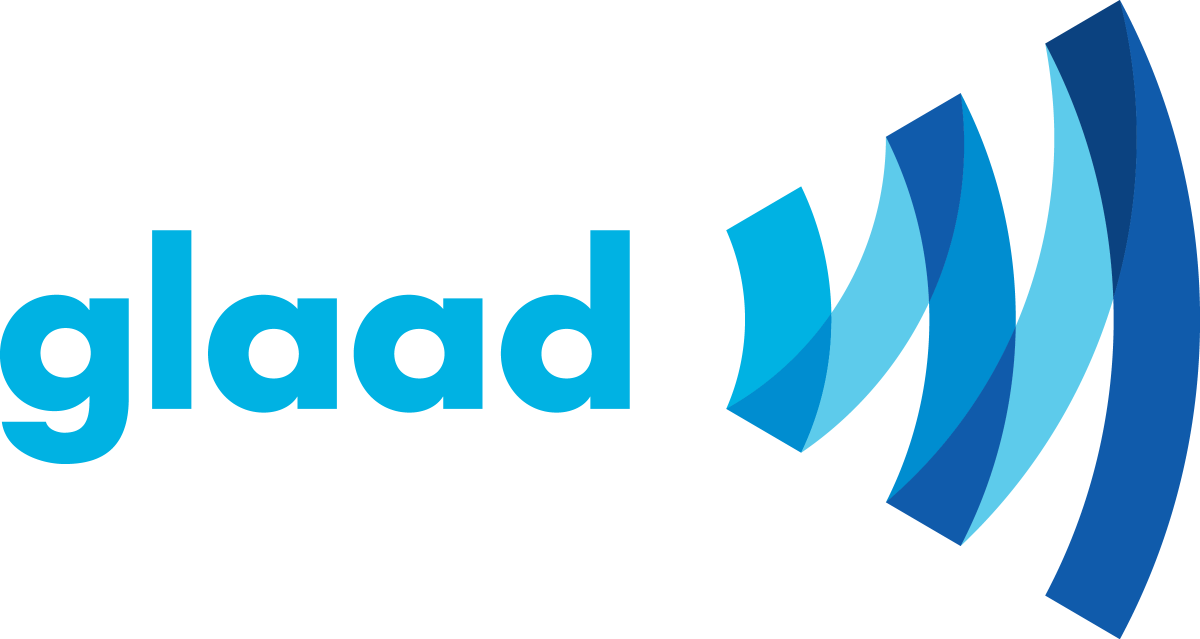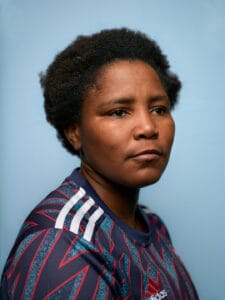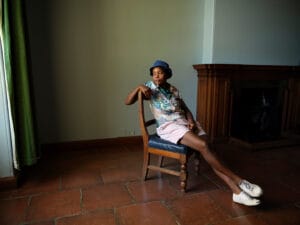Methodology
In this study, GLAAD centered its research and analysis on 10 top studio distributors, including any subsidiary distribution labels and majority owned streaming services. These distributors were chosen based on a combination of theatrical box office grosses, Nielsen rankings, breadth of original programming, and cultural and media recognition factors. This study examines films released in the 2024 calendar year (January 1 – December 31) in the United States that were distributed under official studio banners and imprints as reported by The Numbers, Box Office Mojo, the studios and their official channels, and other relevant entertainment reporting sources.
The 10 distributors examined are, in alphabetical order:
- A24
- Amazon (this includes Amazon MGM Studios and Prime Video)
- Apple TV+
- Lionsgate Studios (this includes Lionsgate Studios and Grindstone Entertainment Group)
- NBCUniversal (this includes Universal Pictures, Focus Features, and Peacock)
- Netflix
- Paramount Global (this includes Paramount Pictures and Paramount+)
- Sony Pictures Entertainment (this includes Sony Pictures, Sony Pictures Classics, and Crunchyroll)
- The Walt Disney Company (this includes Walt Disney Studios, Disney+, and Hulu)
- Warner Bros. Discovery (this includes Warner Bros. and Max)
GLAAD did not include any theatrical re-releases or special events such as filmed live events in this count. Additionally, films which first premiered on a linear television channel were not counted in this tally. GLAAD did not count unscripted films in its official tally; instead, there is an editorial section highlighting these stories.
Beginning with the 2023 SRI, GLAAD extended its methodology to evaluate the overall annual slate of releases, both theatrical and streaming, from all labels of a company as one unit with one overall grade.
For the purposes of this study, GLAAD included studio or label distributed films which were either released theatrically in the U.S. and those streaming originals which were ordered from the company’s U.S. production wing. Films which were not released theatrically in the U.S. and were ordered, developed, and produced by international hubs operating separately from the primary studio were not included, though some of those films are available to watch on streaming services in the U.S. This type of independent content production is not currently a common practice in most U.S. based studios. GLAAD included scripted feature films which had an official run time of 65 minutes or more. The total number of films that met our criteria from the above distributors in the 2024 calendar year was 250.
Each film was researched and reviewed for inclusion of lesbian, gay, bisexual, transgender, and queer (LGBTQ) characters. Characters were quantified based on story elements present in the film itself (for example, explicitly stating their identity, discussing and/or showing their relationship or partner, romantic history, and/or expressing attraction, use of they/them pronouns, and more.). The total number of LGBTQ characters was recorded for each film, as well as those characters’ screen time, race/ethnicity, disability status, sexual orientation, and gender identity. The films were also reviewed for the presence of anti-LGBTQ language, jokes, and stereotypes. Such issues must be considered in context and will be highlighted in the qualitative analysis where applicable, but this language is not quantified in this study.
Each film was assigned to one of five genre categories:
- Animated/Family
- Comedy
- Drama
- Fantasy/Sci-Fi/Action
- Horror
The “Family” category includes animated and children’s films rated PG and under. The category of “Fantasy/Science Fiction/Action” includes films not rooted in reality rated PG-13 and above. In the instance of films that straddled genres, categories were determined based on the predominant genre suggested by both the film’s content and its marketing campaign.
GLAAD’s methodology is anchored in categorizing characters based solely on what is presented on screen as part of the film and/or through wide and commonly held cultural knowledge of a real-life figure. In cases where an LGBTQ actor or personality appeared as themselves and that was made clear within the film, GLAAD counted those characters in its tally. If the talent was not specifically identified as themselves in their scenes, GLAAD did not count those characters based on the actor’s identity. This delineation was made to create a similar comparison to how all other characters are counted, i.e. by what is made clear on screen rather than an actor’s real life identity, source material like a book, TV series, or comic, or confirmation which comes solely through outside press confirmation. If previous films in a franchise have made it explicitly clear that a character is LGBTQ, GLAAD counts this character in future films in the franchise. We recognize that not all audiences will agree with some of the films determined to be LGBTQ-inclusive and vice versa.
In large crowd scenes such as a bar or party environment where the camera briefly pans over attendees, GLAAD did not count in its tally any LGBTQ characters who either did not have a speaking role in that scene and/or who did not appear in other scenes in the film. This ensures that findings were not falsely inflated by films which included scenes at LGBTQ bars or events but do not further include those characters. Where there was an explicitly LGBTQ character in a non-speaking role in less populated scenes, that character was counted.
Based on the overall quantity, quality, and diversity of LGBTQ representation in the company’s total slate of films, a grade was assigned to each distributor: Excellent, Good, Fair, Insufficient, Poor, or Failing.
Please note: Prior editions of this study from 2017 to 2022 (excluding 2020, when GLAAD did not issue grades due to the unique disruption to theatrical distribution from the COVID-19 global pandemic) GLAAD graded studios on a five point scale of Excellent, Good, Insufficient, Poor, or Failing. Prior to the 2017 report, GLAAD assigned studios scores on a four-point scale of Excellent, Good, Adequate, or Failing. The expansion of graded rankings has been made in service of allowing further nuance in evaluating a distributor’s overall quantity, quality, and diversity of LGBTQ inclusion in its annual slate.
In the 2022 study, each studio’s grade included an additional evaluation of a studio and parent company’s public actions and communications with regard to the LGBTQ community. That material has not been considered in grades in this study.












